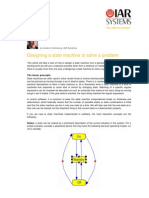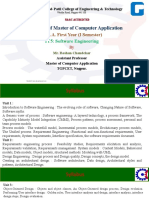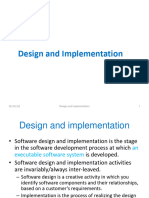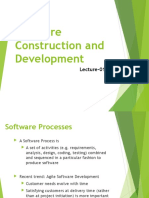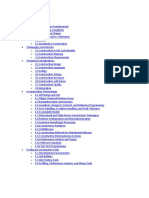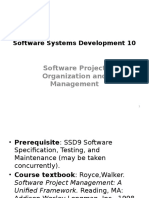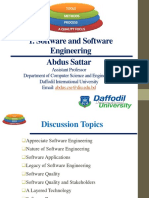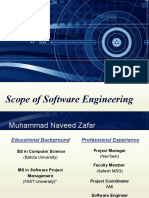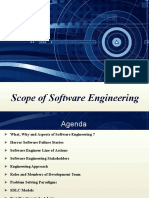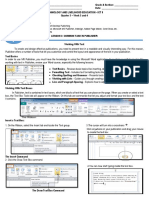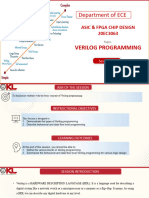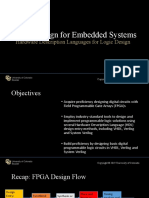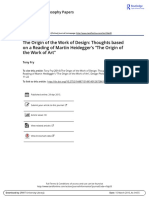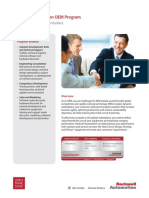100% found this document useful (2 votes)
675 views20 pagesSoftware Engineering: NIIT LTD, Agra
Software engineering is the application of engineering principles to software development. It involves modeling, problem solving, knowledge acquisition, and making rationale-driven design decisions. While it utilizes science, it is considered an engineering discipline due to its focus on costs, risks, tradeoffs, and personnel management. The field emerged in the 1960s to address quality and deadline issues. Software development follows a lifecycle process including requirements, specifications, design, implementation, integration, maintenance, and retirement. Key aspects are application areas like business software and embedded systems, as well as the domain of software engineering work.
Uploaded by
HARSHACopyright
© Attribution Non-Commercial (BY-NC)
We take content rights seriously. If you suspect this is your content, claim it here.
Available Formats
Download as PPT, PDF, TXT or read online on Scribd
100% found this document useful (2 votes)
675 views20 pagesSoftware Engineering: NIIT LTD, Agra
Software engineering is the application of engineering principles to software development. It involves modeling, problem solving, knowledge acquisition, and making rationale-driven design decisions. While it utilizes science, it is considered an engineering discipline due to its focus on costs, risks, tradeoffs, and personnel management. The field emerged in the 1960s to address quality and deadline issues. Software development follows a lifecycle process including requirements, specifications, design, implementation, integration, maintenance, and retirement. Key aspects are application areas like business software and embedded systems, as well as the domain of software engineering work.
Uploaded by
HARSHACopyright
© Attribution Non-Commercial (BY-NC)
We take content rights seriously. If you suspect this is your content, claim it here.
Available Formats
Download as PPT, PDF, TXT or read online on Scribd
/ 20









